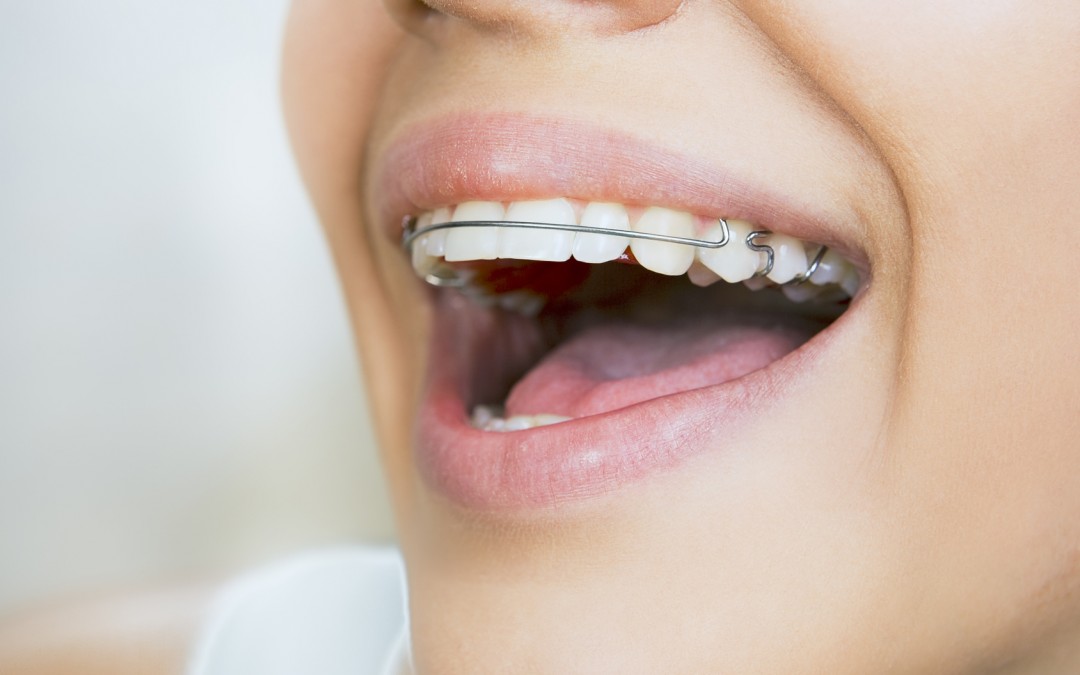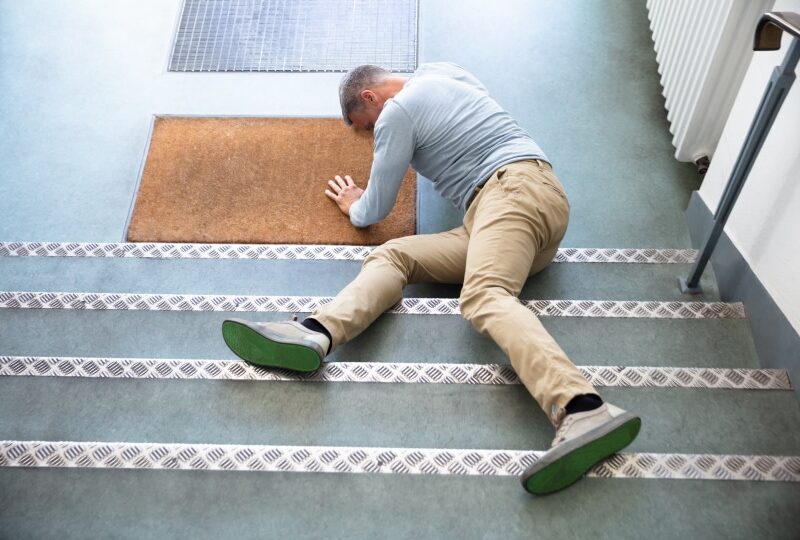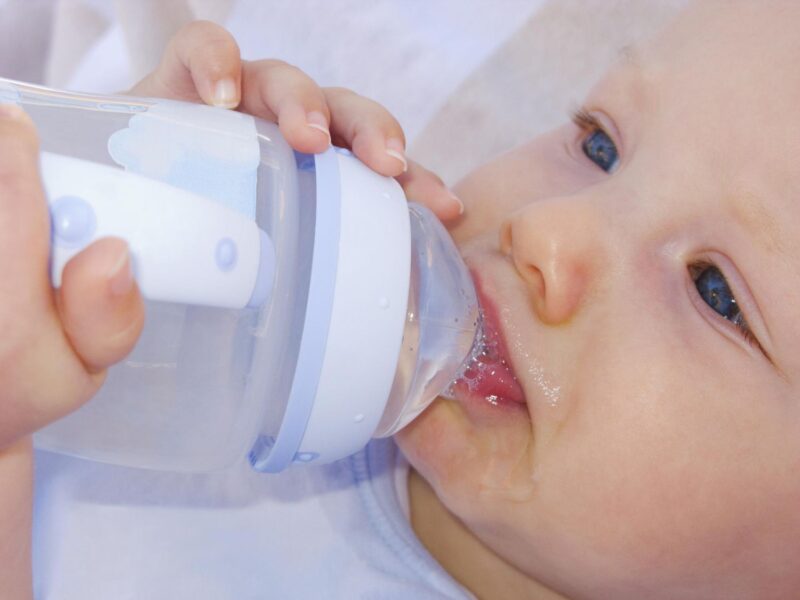The decision to stop wearing a retainer after two years depends on the guidance of your orthodontist or dentist. Retainers are typically used after orthodontic treatment, like braces, to maintain the new position of your teeth.
Orthodontic treatment involves shifting teeth to a desired alignment, but once the braces are removed, the teeth may have a tendency to shift back to their original positions. Retainers help prevent this movement by keeping the teeth in their new places.
Your orthodontist will provide a recommended duration for wearing your retainer. Often, in the initial period after braces are removed, the retainer needs to be worn consistently—usually full-time for a few months and then at night for an extended period.
After the initial phase, your orthodontist may suggest gradually reducing the frequency of wear or transitioning to nighttime wear only. However, it’s crucial to follow your orthodontist’s advice regarding the duration and frequency of retainer wear, as every individual’s teeth can respond differently to the treatment.
What are the functions of different post-orthodontic retainers?
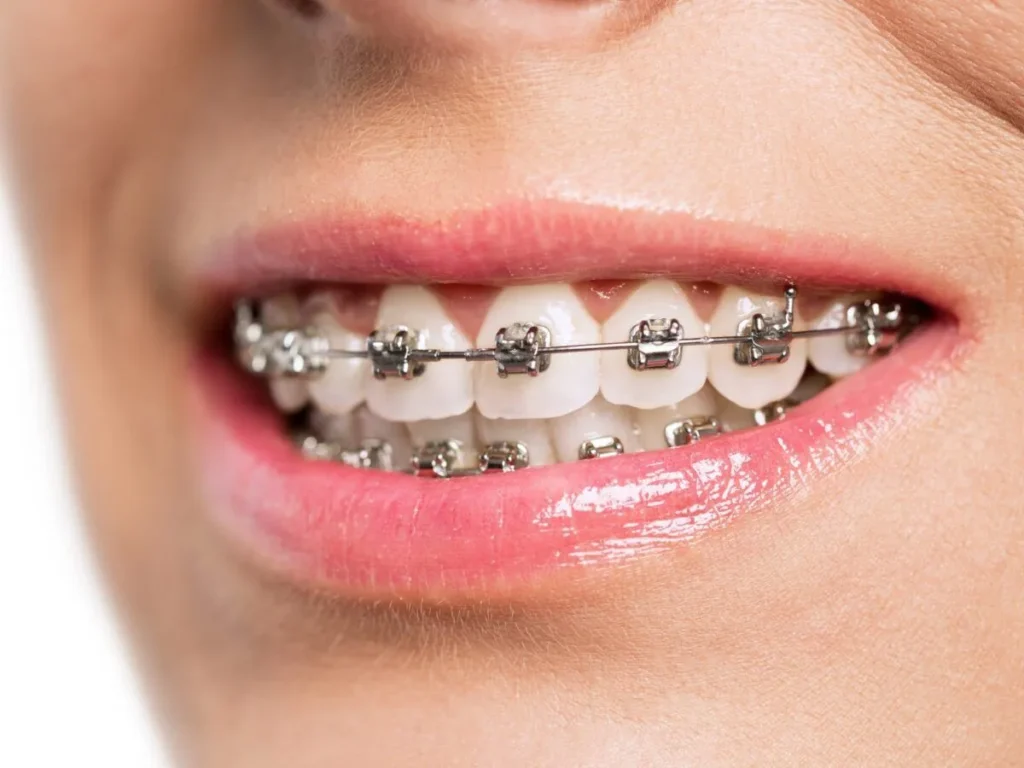
Post-orthodontic retainers play a crucial role in maintaining the results achieved through orthodontic treatment, ensuring that teeth remain in their corrected positions. There are various types of retainers, each serving specific functions:
Hawley Retainers
These are made of acrylic and wires and are removable. They hold the teeth in their corrected positions and can also be adjusted by orthodontists if minor tooth movements occur.
Essix Retainers
These are clear, removable retainers made of plastic. They fit snugly over the teeth, making them less noticeable than Hawley retainers. They help maintain the alignment of teeth and are usually more aesthetically pleasing.
Fixed Retainers (Bonded Retainers)
These are permanent retainers that are attached to the back of the teeth. Usually, they are affixed to the lingual (tongue-facing) side of the front teeth. They are effective in preventing relapse as they continuously hold the teeth in position. However, they require proper oral hygiene maintenance as they can trap plaque and food particles.
Positioners
These are sometimes used briefly after orthodontic treatment to fine-tune the positioning of teeth. They resemble a clear, thick retainer and help settle teeth into their final positions.
The primary functions of these retainers include
Maintaining Alignment
Retainers prevent the teeth from shifting back to their original positions after orthodontic treatment. They help stabilize and maintain the corrected alignment achieved by braces or aligners.
Preventing Relapse
After braces or aligners are removed, there is a tendency for teeth to relapse or move back to their original positions. Retainers counteract this movement, ensuring long-term stability and preventing the need for additional orthodontic treatment.
Supporting Tissues
Retainers also help the surrounding gum tissues and bone adjust to the new position of the teeth, providing stability and preventing potential periodontal issues.
Minimizing Crowding or Spacing
They can help control minor tooth movements that might occur after orthodontic treatment, ensuring teeth maintain the desired spacing and alignment.
It’s crucial to follow the orthodontist’s recommendations regarding retainer wear and maintenance to ensure the success and longevity of orthodontic treatment results. Regularly scheduled check-ups will also allow the orthodontist to monitor the stability of the corrected dental alignment and make any necessary adjustments to the retainer.
How long should post-orthodontic retainers be worn?
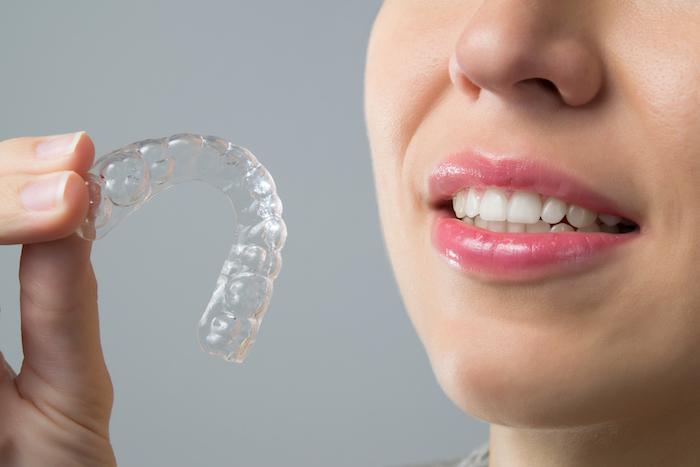
The duration of wearing post-orthodontic retainers can vary depending on individual circumstances, the type of orthodontic treatment received, and the recommendations of the orthodontist. However, a common guideline for retainer wear after orthodontic treatment includes:
Initial Full-Time Wear
Typically, after the braces or aligners are removed, orthodontists advise wearing retainers full-time (both day and night) for a specific period. This period can range from a few months to a year or more. Full-time wear helps to stabilize the teeth in their corrected positions and prevents relapse.
Transition to Nighttime Wear
After the initial phase of full-time wear, the orthodontist may recommend transitioning to wearing retainers only at night while sleeping. This nighttime wear helps maintain the stability of the teeth and prevents potential relapse while ensuring more comfort during the day.
Long-Term Retainer Use
Many orthodontists recommend long-term retainer use, even if it’s reduced to wearing retainers several nights a week. Teeth have a natural tendency to shift throughout life due to various factors, including aging and changes in facial structure. Therefore, intermittent retainer wear helps prevent noticeable changes and maintains the corrected alignment achieved through orthodontic treatment.
Individualized Recommendations
The specific duration of retainer wear can vary for each person. Orthodontists assess individual cases, considering factors like the severity of the initial misalignment, bone structure, and other oral health factors. They provide personalized recommendations regarding the duration and frequency of retainer wear.
Consistency in wearing retainers as prescribed by the orthodontist is crucial to maintaining the results of orthodontic treatment. Skipping or reducing retainer wear prematurely can lead to tooth movement and potential relapse, requiring additional orthodontic intervention.
Regular follow-up appointments with the orthodontist allow them to monitor the stability of the corrected dental alignment and adjust the retainer wear schedule based on individual progress. Ultimately, maintaining good oral hygiene and following the orthodontist’s recommendations regarding retainer wear are essential for the long-term success of orthodontic treatment.
How do various factors influence recommended retainer wears?
Several factors influence the recommended duration and type of retainer wear after orthodontic treatment. Orthodontists consider various aspects when determining the appropriate retainer protocol for each individual. Here are some factors that influence recommended retainer wears:
Type of Orthodontic Treatment
The type of orthodontic treatment received (braces, clear aligners, etc.) can affect the recommended retainer wear. For instance, after braces or aligners, the retention phase aims to maintain the corrected tooth positions, and the retainer regimen may vary accordingly.
Severity of Initial Misalignment
The severity of the initial dental misalignment or orthodontic issues influences how long the teeth will take to stabilize in their corrected positions. More severe misalignments might require longer periods of retainer wear to ensure stability.
Individual Tooth Movement
Some teeth might be more prone to shifting than others. Orthodontists might recommend longer or more consistent retainer wear for teeth that are historically more prone to movement.
Age and Growth Stage
Patients’ ages and growth stages can influence retainer wear recommendations. Younger patients whose facial structures are still developing might need longer retainer wear to accommodate ongoing growth and changes in tooth positioning.
Bone Structure and Gum Tissues
The condition of the bone and gum tissues around the teeth play a role in determining the duration and type of retainer wear. Good bone and gum health contribute to the stability of the teeth.
Compliance and Usage
Patient compliance with wearing retainers as instructed is crucial. Orthodontists recommend consistent and proper use of retainers to maintain the corrected alignment. Lack of compliance can lead to tooth movement and potential relapse.
Individual Response to Treatment
Each individual responds uniquely to orthodontic treatment. Some might have teeth that are more prone to movement or have specific factors that necessitate longer retainer wear.
Orthodontist’s Assessment
The orthodontist regularly evaluates the progress of the treatment during follow-up appointments. Based on this assessment, they may adjust the retainer wear schedule to ensure the teeth remain stable and aligned.
Considering these factors, orthodontists provide personalized recommendations for retainer wear to ensure the long-term success of orthodontic treatment. Compliance with the prescribed retainer regimen and regular follow-up visits to the orthodontist are crucial for maintaining the corrected dental alignment.
FAQ’s
Do I have to wear a retainer forever?
It’s generally recommended to wear a retainer long-term, initially full-time and later at nights, to maintain the teeth’ alignment post-orthodontic treatment.
Can a retainer last 10 years?
Retainers typically need replacement every few years due to wear and tear. However, their lifespan can vary depending on the type and individual use.
What happens if you don’t wear your retainer for 4 years?
Not wearing a retainer for an extended period can result in teeth shifting back to their original positions, potentially requiring additional orthodontic treatment to correct misalignment.
What is the lifespan of a retainer?
Removable retainers usually last a few years with proper care, but they may need replacement due to wear or if they become ill-fitting over time.
What is the lifespan of a permanent retainer?
Permanent retainers can last several years or even longer with proper maintenance. However, they might require repair or replacement if they break or become loose.
Why do people wear retainers forever?
Retainers are worn long-term to prevent teeth from shifting back to their original positions after orthodontic treatment, maintaining the achieved alignment.
Final Words
Retainers play a vital role in keeping your teeth in place after orthodontic treatment. It’s really important to follow your orthodontist’s advice about wearing your retainer. Remember, each person’s teeth might move differently after treatment, so your orthodontist will know what’s best for you. Before you stop using your retainer, it’s a good idea to talk to your orthodontist first.
They can check if your teeth are stable enough or if any changes need to be made. Always listen to their guidance to maintain that wonderful smile you’ve worked hard to achieve!

